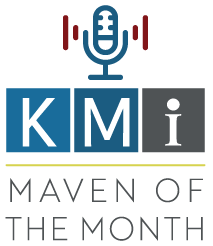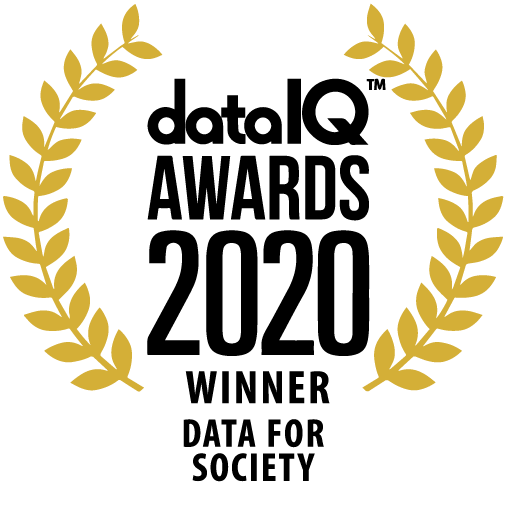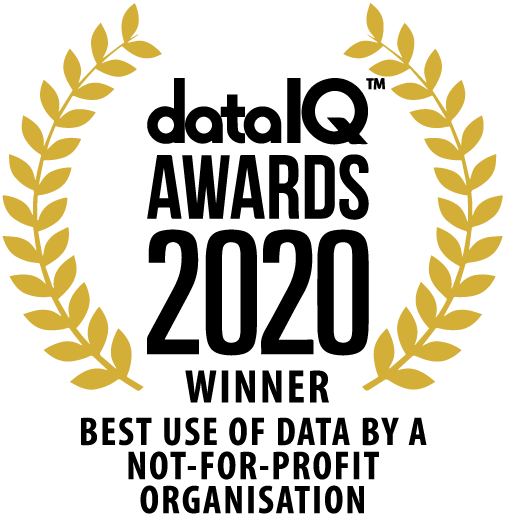Full Seminar Details
Marc Smith
Connected Action Consulting Group

This event took place on Friday 11 November 2011 at 11:30
We now live in a sea of tweets, posts, blogs, and updates coming from a significant fraction of the people in the connected world. Our personal and professional relationships are now made up as much of texts, emails, phone calls, photos, videos, documents, slides, and game play as by face-to-face interactions. Social media can be a bewildering stream of comments, a daunting fire hose of content. With better tools and a few key concepts from the social sciences, the social media swarm of favorites, comments, tags, likes, ratings, and links can be brought into clearer focus to reveal key people, topics and sub-communities. As more social interactions move through machine-readable data sets new insights and illustrations of human relationships and organizations become possible. But new forms of data require new tools to collect, analyze, and communicate insights.
A new organization, the Social Media Research Foundation (http://www.smrfoundation.org), has been formed to develop open tools and open data sets, and to foster open scholarship related to social media. The Foundation's current focus is on creating and publishing tools that enable social media network analysis and visualization from widely used services like email, Twitter, Facebook, flickr, YouTube and the WWW. The Foundation has released the free and open NodeXL project (http://www.codeplex.com/nodexl), a spreadsheet add-in that supports "network overview discovery and exploration". The tool fits inside your existing copy of Excel in Office 2007 or 2010 and makes creating a social network map similar to the process for making a pie chart. Using NodeXL, users can easily make a map of public social media conversations around topics that matter to them. Maps of the connections among the people who recently said the name of a product, brand or event can reveal key positions and clusters in the crowd. Some people who talk about a topic are more in the "center" of the graph, they may be key influential members in the population. NodeXL makes it a simple task to sort people in a population by their network location to find key people in core or bridge positions. NodeXL supports the exploration of social media with import features that pull data from personal email indexes on the desktop, Twitter, Flickr, YouTube, Facebook and WWW hyper-links. The tool allows non-programmers to quickly generate useful network statistics and metrics and create visualizations of network graphs.
A book Analyzing Social Media Networks with NodeXL: Insights from a connected world is available from Morgan-Kaufmann. The book provides an introduction to the history and core concepts of social network analysis along with a series of step-by-step instructions that illustrate the use of the key features of NodeXL. The second half of the books is dedicated to chapters by a number of leading social media researchers that each focus on a single social media service and the networks it contains. Chapters on Twitter, email, YouTube, flickr, Facebook, Wikis, and the World Wide Web illustrate the network data structures that are common to all social media services.

Maven of the Month
We are also inviting top experts in AI and Knowledge Technologies to discuss major socio-technological topics with an audience that comprises both members of the Knowledge Media Institute, as well as the wider staff at The Open University. Differently from our seminar series, these events follow a Q&A format.







